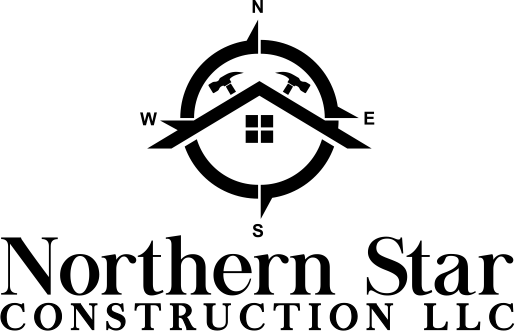Cell 770-401-6260
Office 770-826-9523
Blog

By Kevin Barrett
•
20 Apr, 2024
Renovating an ADA (Americans with Disabilities Act) compliant bathroom involves making modifications to ensure accessibility and usability for individuals with disabilities. Here's a breakdown of what such renovations typically entail: Wider Doorways : ADA-compliant bathrooms require wider doorways to accommodate wheelchairs and other mobility aids. The minimum width for doorways is usually 32 inches clear. Accessible Layout : The layout of the bathroom should allow individuals using wheelchairs or other mobility devices to move freely within the space. This might involve rearranging fixtures and ensuring there's ample space for maneuvering. Grab Bars : Grab bars are essential for providing support and stability. They should be installed near the toilet and shower or bathtub. These bars need to be securely anchored to the wall to support the weight of someone using them for balance or assistance. There a several grab bar designs that also serve as shelves. Roll-in Shower or Accessible Bathtub : A roll-in shower with no threshold or an accessible bathtub with grab bars and a seat are common features in ADA-compliant bathrooms. I prefer a folding teak bench. Handheld and overhead shower fixtures are also a great feature. The shower or bathtub should be easily accessible and provide enough space for maneuverability. Accessible Sink : The sink should have open space underneath to accommodate a wheelchair. The faucet controls should be easy to reach and operate. Additionally, installing a mirror at a lower height can make it more convenient for individuals using wheelchairs. Toilet Height : The toilet should be ADA-compliant, which typically means a higher seat height for easier transfer from a wheelchair. Grab bars should be installed near the toilet to assist with sitting down and standing up. Non-Slip Flooring : Flooring should be slip-resistant to prevent accidents, especially in wet areas like showers. Tiles with textured surfaces or other non-slip materials are commonly used. Accessible Fixtures and Accessories : Other fixtures and accessories, such as towel bars, toilet paper holders, and soap dispensers, should be installed at accessible heights. This ensures they can be reached and used by individuals with various abilities. Lighting and Controls : Adequate lighting is crucial for visibility and safety. Light switches and other controls should be positioned at accessible heights and easy to operate. Legal Compliance : It's important to ensure that all renovations meet the requirements of the Americans with Disabilities Act (ADA) and any other relevant building codes and regulations. Renovating a bathroom to be ADA-compliant not only enhances accessibility but also improves usability and safety for individuals with disabilities, elderly people, and anyone else who may benefit from a more accessible environment.
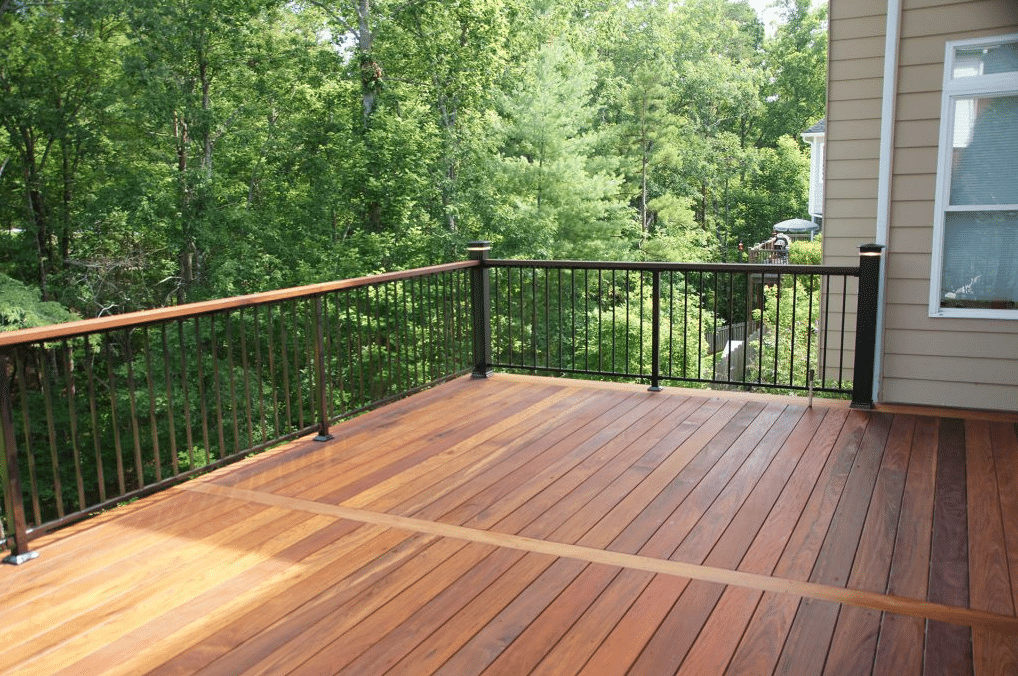
By Kevin Barrett
•
16 Apr, 2024
Exotic woods can make stunning decking materials, prized for their unique appearance, durability, and natural resistance to decay and insects. Here are some popular exotic woods used for decking: Ipe (pronounced EE-pay) : Also known as Brazilian Walnut, Ipe is one of the most popular choices for exotic decking. It's extremely dense and durable, resistant to rot, decay, insects, and even fire. Its deep brown color can vary, but it often darkens with age, giving it a rich, luxurious appearance. Cumaru : Sometimes called Brazilian Teak, Cumaru is another dense and durable option for decking. It has a range of colors from golden brown to reddish-brown and offers good resistance to rot, decay, insects, and mold. Like Ipe, Cumaru can darken over time. Tigerwood : Tigerwood, also known as Goncalo Alves, features a striking appearance with a combination of reddish-brown and dark stripes, resembling a tiger's coat. It's durable and resistant to rot, decay, and insects. Tigerwood can be more prone to scratching compared to some other exotic woods. Garapa : Garapa, also known as Brazilian Ash, has a light golden to yellowish-brown color when new, which can mellow to a silver-gray over time. It's a dense and durable wood with good resistance to rot, decay, and insects. Garapa is often more affordable than some other exotic options. Massaranduba : Massaranduba, also called Brazilian Redwood, is known for its deep reddish-brown color. It's extremely dense and durable, offering excellent resistance to rot, decay, insects, and fire. Massaranduba can be a bit harder to work with due to its density. Mahogany : While not always considered exotic, certain types of mahogany, such as Cambara and Meranti, are used for decking and offer similar characteristics to other exotic woods. Mahogany has a rich reddish-brown color and good resistance to rot and decay. Brown Balau is from Indonisia and is also an excellent option When choosing an exotic wood for decking, consider factors such as durability, maintenance requirements, budget, and availability. Additionally, keep in mind the environmental impact and sustainability of harvesting exotic woods, and look for options certified by organizations like the Forest Stewardship Council (FSC) to ensure responsible sourcing practices.

By Kevin Barrett
•
02 Apr, 2024
When it comes to upgrading a master spa bathroom, several features are commonly sought after to enhance comfort, luxury, and functionality. Here are some popular upgrades: Large Walk-In Shower : Many homeowners opt for spacious, luxurious walk-in showers with multiple showerheads, seating benches, and perhaps even steam features for a spa-like experience. Frameless glass shower enclosures can be 1 piece walk-in, sliding, or elegant hinged doors. Freestanding Bathtub : Freestanding tubs are a statement piece in a spa bathroom, offering elegance and relaxation. Adding a floor mounted faucet with handheld sprayer can be very useful. Options include soaking tubs, whirlpool tubs, and air baths with champagne bubbles. Heated Floors : Installing radiant floor heating provides warmth underfoot, especially appreciated in colder climates, and adds a touch of luxury to the space. These usually come with programable thermostats. Custom Cabinetry and Storage : Custom-built cabinets and storage solutions maximize space efficiency while maintaining a clean and organized appearance. Vessel sinks are a very elegant touch. High-End Fixtures and Hardware : Upgrading to premium faucets, showerheads, and other fixtures can elevate the overall look and feel of the bathroom. Japanese style smart toilets are becoming very popular. Smart Technology Integration : Incorporating smart features such as programmable lighting, voice-activated controls, and temperature regulation enhances convenience and modernizes the space. Natural Stone or Tile Finishes : High-quality tile or natural stone finishes like marble or travertine add sophistication and timeless beauty to the bathroom. Full length shower panels with a modern shower pan makes for a modern look and is very easy to clean. Dual Vanity : If space allows, installing a dual vanity provides individual grooming areas and ample storage, ideal for couples sharing the space. Electrical outlets can be installed inside the drawers for convenience. Integrated Sound System : Built-in speakers allow for relaxing music or ambient sounds to enhance the spa-like atmosphere during bathing or grooming routines. Skylights or Large Windows : Natural light can transform the ambiance of a bathroom, making it feel more spacious and inviting. Skylights or strategically placed windows can bring in ample sunlight while maintaining privacy. Custom Lighting : Well-planned lighting schemes, including task lighting, ambient lighting, and accent lighting, create layers of illumination and set the mood for different activities. Lighted fog free mirrored medicine cabinets offer organized storage, they even have electrical outlets inside. Water-Efficient Fixtures : Incorporating eco-friendly fixtures such as low-flow toilets and water-saving showerheads not only reduces water consumption but also aligns with sustainability goals. These upgrades can vary in cost and complexity, so it's essential to prioritize based on personal preferences, budget, and the overall vision for the space. Working with a professional designer or contractor can help ensure that the upgrades are seamlessly integrated into the master spa bathroom project.
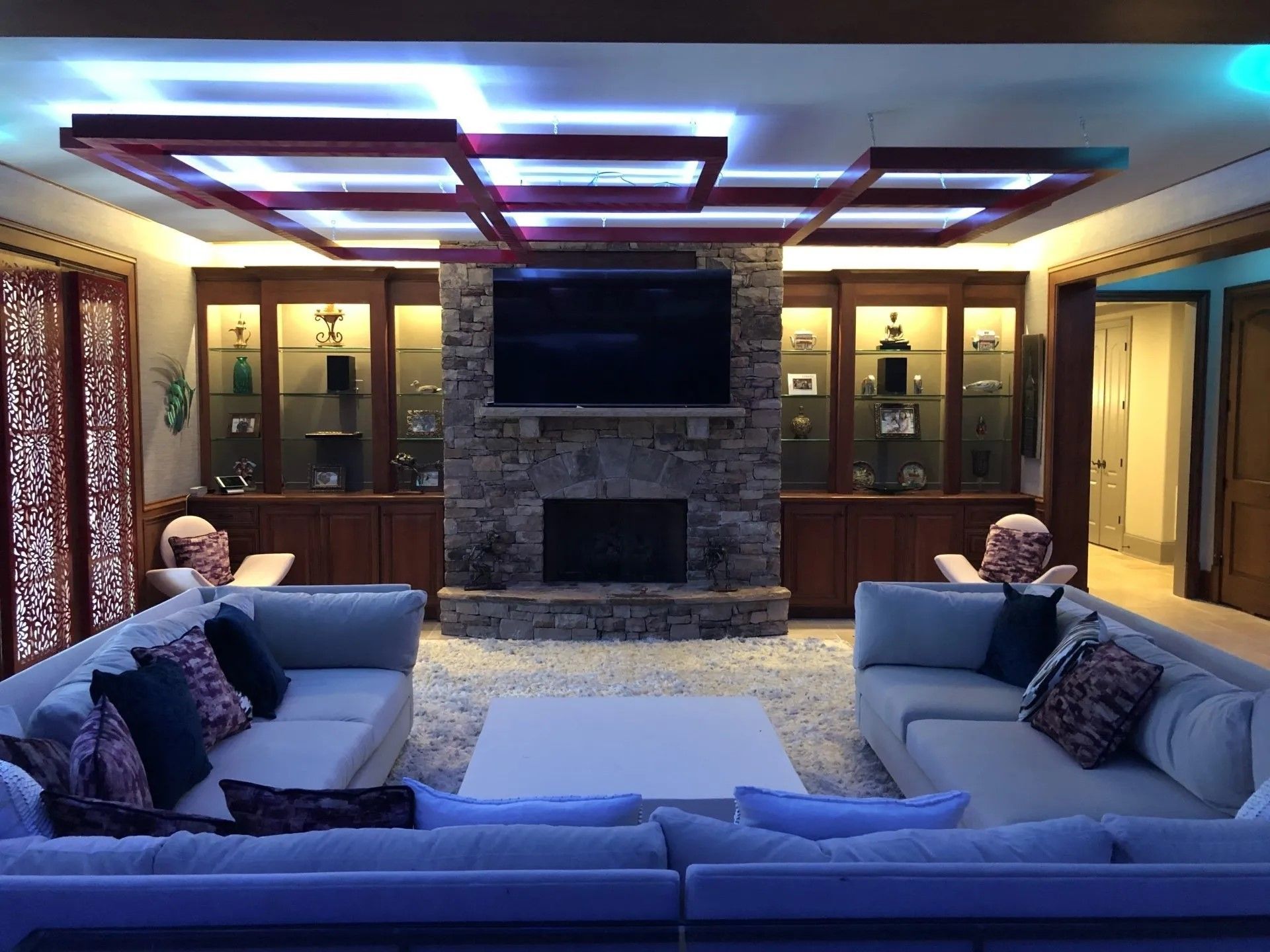
By Kevin Barrett
•
31 Mar, 2024
Finishing a basement can unlock a wealth of opportunities for homeowners. Whether you're looking to expand your living space, create a cozy retreat, or increase the value of your home, a finished basement offers endless possibilities. In this guide, we'll delve into the process of finishing a basement, from planning and design to execution and final touches. Get ready to turn your basement into a functional and inviting space that you and your family will love. Planning and Preparation: Assessing the Space: Begin by evaluating your basement's layout, structural elements, and potential challenges such as moisture issues or low ceilings. Consider the intended use of the space and any specific requirements. Setting a Budget: Determine your budget for the project, including materials, labor, permits, and unexpected expenses. Prioritize your needs and wants to ensure that you stay within your financial constraints. 2. Design and Layout: Defining Zones: Divide your basement into functional zones based on your lifestyle and preferences. Common areas may include a family room, home theater, home office, gym, or guest suite. Maximizing Space: Explore space-saving strategies such as built-in storage, multifunctional furniture, and creative layout designs to make the most of your basement's square footage. Lighting and Ventilation: Plan for adequate lighting and ventilation to ensure a bright, airy, and comfortable environment. Incorporate a combination of natural light, recessed lighting, sconces, and task lighting to enhance the ambiance. Here in Georgia, we have a lot of daylight basements that actually accommodate windows and doors. 3. Structural Considerations: Waterproofing and Moisture Control: Address any existing moisture issues and implement waterproofing solutions to protect your basement from water damage. Consider installing a sump pump, drainage system, or moisture barrier as needed. Insulation and Soundproofing: Improve energy efficiency and sound insulation by adding insulation to the walls, floors, and ceiling. This not only helps regulate temperature but also reduces noise transmission between rooms. HVAC and Plumbing: Evaluate your HVAC and plumbing systems to ensure they can accommodate the additional space. Consult with professionals to make any necessary upgrades or modifications. 4. Finishing Touches: Flooring Options: Choose durable and moisture-resistant flooring materials such as laminate, engineered hardwood, vinyl plank, or porcelain tile. Consider rugs or carpet tiles for added warmth and comfort. Wall Treatments: Enhance the aesthetics of your basement with paint, wallpaper, wainscoting, or decorative panels. Opt for light colors and reflective surfaces to brighten the space and create a sense of openness. Furniture and Decor: Select furniture, accessories, and decor that complement your design theme and serve your functional needs. Incorporate elements that add personality and style to make your basement feel like an extension of your home. Conclusion : Finishing a basement is a rewarding endeavor that can significantly enhance the functionality, comfort, and value of your home. By following the steps outlined in this guide and paying attention to detail, you can transform your basement into a beautiful and inviting space that you'll enjoy for years to come. Whether it's a cozy family room, a stylish home theater, or a versatile home office, the possibilities are endless when it comes to unleashing the potential of your basement.
By Kevin Barrett
•
26 Mar, 2024
The average cost of finishing a basement in the Atlanta area typically ranges from $20,000 to $40,000 for a basic project. However, more elaborate renovations with higher-end finishes and additional features can cost upwards of $50,000 to $100,000 or more. Factors influencing cost include the size of the basement, desired features like bathrooms or wet bars, materials used, labor costs, and any necessary structural modifications or upgrades. It's essential to obtain multiple quotes from contractors and carefully consider your budget and priorities when planning a basement finishing project.
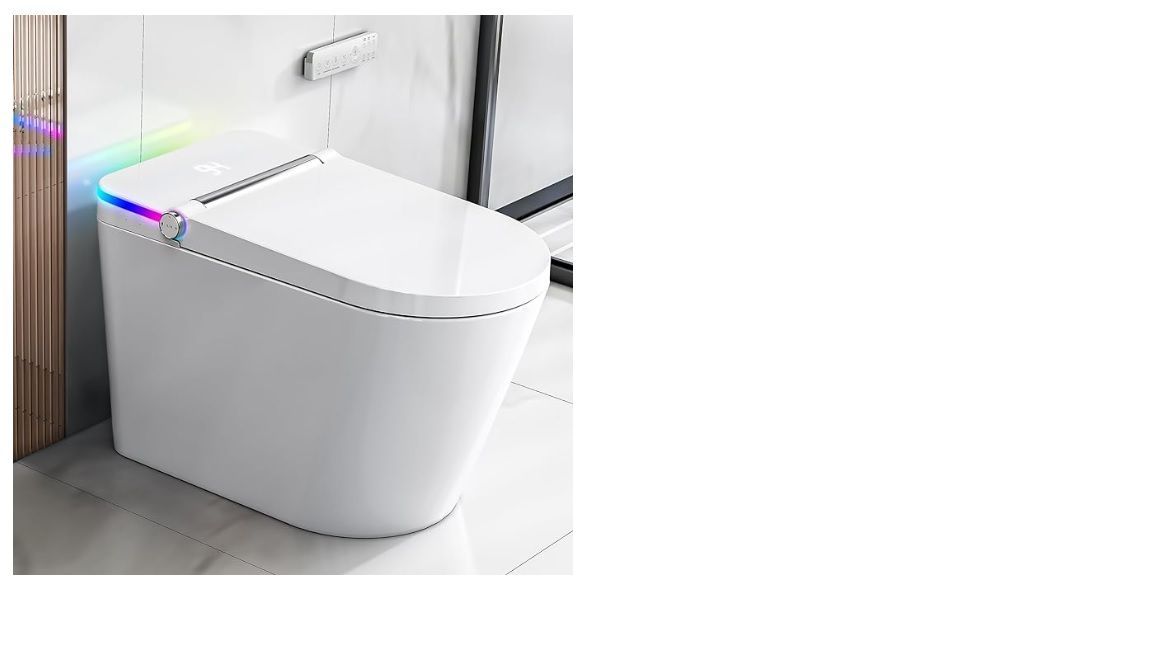
By Kevin Barrett
•
26 Mar, 2024
In an age where technology is seamlessly integrated into every aspect of our lives, it's no surprise that even the most humble of household fixtures—the toilet—is getting a high-tech makeover. Enter the era of smart toilets, where innovation meets luxury to redefine the bathroom experience. In this article, we'll take a closer look at smart toilets, exploring their advanced features, benefits, and why they're becoming increasingly popular in modern homes. Advanced Features for Enhanced Comfort and Hygiene: Bidet Functionality : One of the hallmark features of smart toilets is the built-in bidet, which offers a gentle and hygienic alternative to traditional toilet paper. Users can customize water temperature, pressure, and nozzle position for a personalized cleansing experience. Heated Seats : Say goodbye to cold winter mornings with the luxury of a heated toilet seat. Smart toilets often feature adjustable seat warmers, providing comfort and warmth for an indulgent bathroom experience. Air Dryers : For added convenience, many smart toilets are equipped with integrated air dryers, eliminating the need for toilet paper and ensuring thorough drying after cleansing. Deodorizers : Say farewell to unpleasant odors with built-in deodorizing systems that neutralize smells and keep your bathroom fresh and inviting. Self-Cleaning Technology : Cleaning the toilet is often considered one of the least desirable household chores. Smart toilets feature self-cleaning functions, including automated flushing, bowl sanitization, and antimicrobial surfaces, to maintain cleanliness with minimal effort. Health and Hygiene Benefits: Improved Personal Hygiene: The bidet functionality of smart toilets offers superior cleansing compared to traditional toilet paper, promoting better personal hygiene and reducing the risk of irritation or infection. Reduction in Toilet Paper Usage : By incorporating bidet and drying functions, smart toilets can significantly reduce reliance on toilet paper, leading to cost savings and environmental benefits. Enhanced Comfort for Users with Mobility Issues : Smart toilets with features such as automated lids, seat height adjustment, and hands-free operation can provide added comfort and accessibility for individuals with mobility challenges or disabilities. Energy and Water Efficiency: Low-Flow Design: Many smart toilets are designed with low-flow flushing systems, conserving water without compromising performance. This not only reduces water consumption but also lowers utility bills and contributes to environmental sustainability. Energy-Saving Features : Smart toilets often incorporate energy-saving features such as motion-activated lighting, auto-open/close lids, and eco-friendly heating systems, minimizing energy usage and promoting eco-conscious living. Luxurious Design and Customization: Sleek Aesthetics: Smart toilets are available in a range of sleek and modern designs to complement any bathroom style, from minimalist to luxurious. Customizable Settings : Users can personalize their smart toilet experience with adjustable settings for temperature, water pressure, seat warmth, and more, ensuring maximum comfort and satisfaction. Conclusion : Smart toilets represent the pinnacle of bathroom innovation, offering unparalleled comfort, hygiene, and convenience. With advanced features such as bidet functionality, heated seats, and self-cleaning technology, these high-tech fixtures elevate the bathroom experience to new heights of luxury. Whether you're seeking improved personal hygiene, energy efficiency, or simply the ultimate in bathroom indulgence, a smart toilet may be the perfect addition to your modern home. Experience the future of bathroom luxury with a smart toilet and embrace the convenience, comfort, and sophistication it brings to your daily routine.
By Kevin Barrett
•
07 Mar, 2024
Pressure-Treated Wood Decking: Pros: Affordable: Pressure-treated wood is the most budget-friendly option. Readily Available: You can find it at local lumberyards and home improvement centers. Easy Installation: Simple to install, especially if you're a DIY enthusiast. Natural Look: Has an authentic wood appearance. Cons: Splintery: Requires regular maintenance to prevent splinters. Staining and Coating: Needs periodic staining and coating. Shorter Lifespan: Prone to decay and rot over time. Wood-Composite Decking: Pros: Recycled Material: Made from a mix of high-density polyethylene and wood particles. Low Maintenance: Minimal upkeep required. No Splinters: Unlike natural wood. Resembles Exotic Wood: Some composites mimic the look of exotic wood species. Cons: Less Attractive Up-Close: May not have the same natural appeal as real wood. Higher Cost: Approximately twice the price of pressure-treated wood. Joist Spacing: Requires closer joist spacing. PVC (Polyvinyl Chloride) Decking: Pros: Ultra-Durable: Resistant to rot, insects, and weathering. Low Maintenance: No staining or sealing needed. Splinter-Free: Safe for bare feet. Color Options: Available in various colors. Cons: Artificial Look: Lacks the warmth of natural wood. Higher Cost: More expensive than wood-composite. Expansion and Contraction: PVC can expand and contract with temperature changes. Remember to consider factors like cost, maintenance, and aesthetics when making your decision. Each material has its trade-offs, so choose the one that aligns best with your priorities! 🌿🔨
Quick & Reliable
We are available 24/7 via fax, email or telephone
Location
145 Arcado Road NW, Lilburn, GA 30047
Email
Call
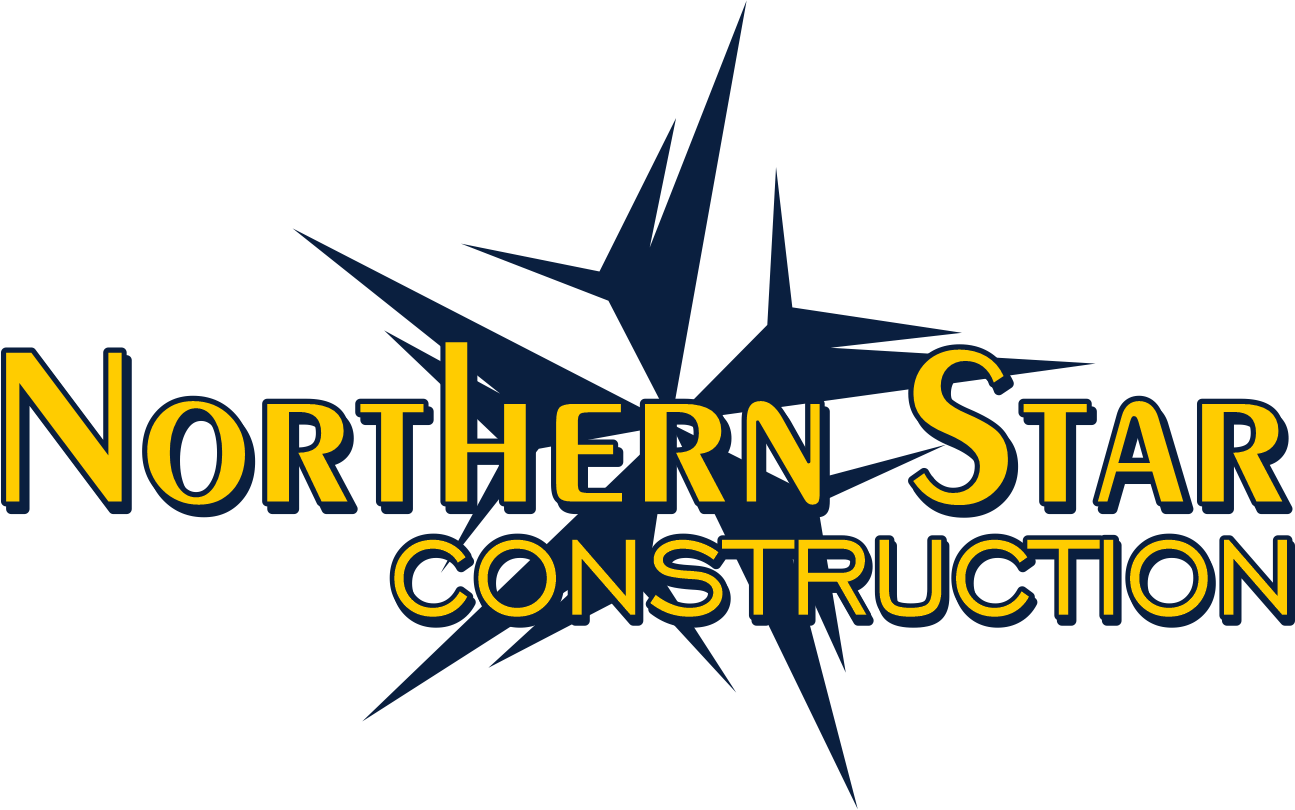
Services
Hours of Operation
- Mon - Fri
- -
- Saturday
- -
- Sunday
- Appointment Only
© 2024
All Rights Reserved | Northern Star Construction | Powered by Aletheia Digital
